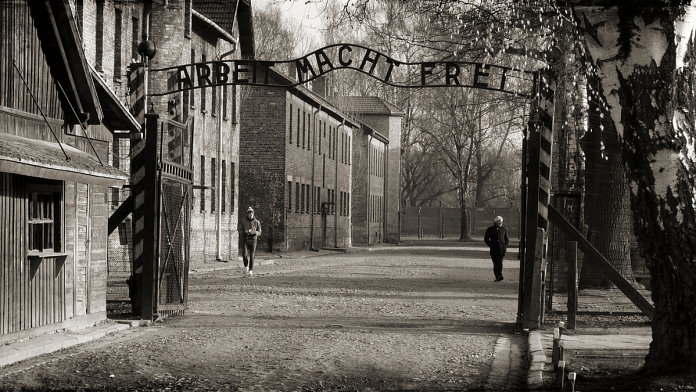Twelve years have passed since the Great East Japan earthquake and tsunami struck on 11 March 2011, causing devastation, mainly in the Tohoku region. In the areas that suffered tremendous damage, tourism promotion is seeking to pass on the memories of the disaster and to use them as lessons in the process of reconstruction.
Dark tourism, journeys through people’s memories of wars, natural disasters and other catastrophes, is attracting attention around the world as a new type of travel experience. It was first proposed in the UK in the 1990s and rapidly spread throughout Europe.
The Auschwitz-Birkenau concentration camp in Poland is the most famous dark tourism spot; the concept has been justified by the idea that the horrors of Nazism in World War Two must never be repeated. Dark tourism has spread rapidly in the United States since the 2001 terrorist attacks.
The value of dark tourism
Associate Professor Akira Ide of Kanazawa University, who has pioneered the study of the phenomenon in Japan and introduced the concept domestically, emphasizes that dark tourism has many possibilities, such as passing on lessons learned, reconsidering ways of life, and reflecting on the modern era. He elaborates that the preservation of historical remains and the existence of storytellers help to connect to memories of past tragedies, and that it is important to support them economically through tourism and to connect the lessons of the past to the future. The dark tourism methodology can be a means of creating value that is unique to a particular region, in doing so developing a completely different kind of tourism.
Touring Japan’s disaster zones
There are 25 UNESCO World Heritage sites in Japan, including the Atomic Bomb Dome in Hiroshima, one of the most famous dark tourism destinations. However, it is distinguished from the others in that it is “negative world heritage” that conveys the tragic consequences of war and has been constructed to prevent such tragedies from happening again. In 2019, before the spread of COVID-19, a record 1.76 million tourists visited Hiroshima Peace Memorial Museum, located on the same site as the Atomic Bomb Dome.
Following the example of Hiroshima, dark tourism is flourishing in the Tohoku region. In 2022, a record 1.15 million visitors have visited the earthquake and tsunami memorial museums and other facilities in Iwate, Miyagi and Fukushima prefectures affected by the 2011 disaster. The number of visitors, which had been declining due to the spread of COVID-19, has recovered significantly, driven by the growing trend to incorporate learning about the earthquake disaster into tourism and the increase in the number of disaster memorial sites.
In Sendai City, Miyagi prefecture, 25 taxi companies in the city provide a storyteller taxi tour in which the drivers double as a guide to disaster-stricken areas. Certified drivers trained by the non-profit Recovery Assistance Center of Miyagi, they also advise visitors on disaster mitigation, saying: “We want people to be aware of the threat of tsunami so be well-prepared in case of an emergency.”
‘Hope tourism’ in Fukushima
Fukushima Prefecture, where the earthquake and tsunami caused a nuclear power plant accident, prefers to emphasize “hope tourism“, instead of dark tourism, focusing not only on recollecting the disaster but also on people who have risen again and are making strides in recovery. It is putting efforts into activities that pass on the lessons of the disaster and promote tourism.
Hope Tourism is a group tour that Fukushima Prefecture launched seven years ago, with a record 15,000 participants in 2022. The tour package includes visits to facilities such as the Great East Japan Earthquake and Nuclear Disaster Memorial Museum in Futaba; an elementary school in Namie, the prefecture’s only earthquake memorial ruin; and the Fukushima Robot Test Field in Minamisoma, as well as dialogue and interaction with local residents, workshops, and more.
Lessons of the past
This year marks the 100th anniversary of the Great Kanto earthquake, and with a 70% probability of a major quake occurring along the Nankai Trough within the next 30 years, people in Japan are becoming more and more concerned about disaster prevention.
Inheriting the memory of past tragedies via dark tourism helps prepare for the future and can bring economic benefits too. With the Japanese government now significantly easing COVID-19 guidelines on mask-wearing, the resulting increase in tourism should help boost this new type of travel experience that has the potential to turn human misery into positive life lessons.
This article was originally published in the World Economic Forum.



